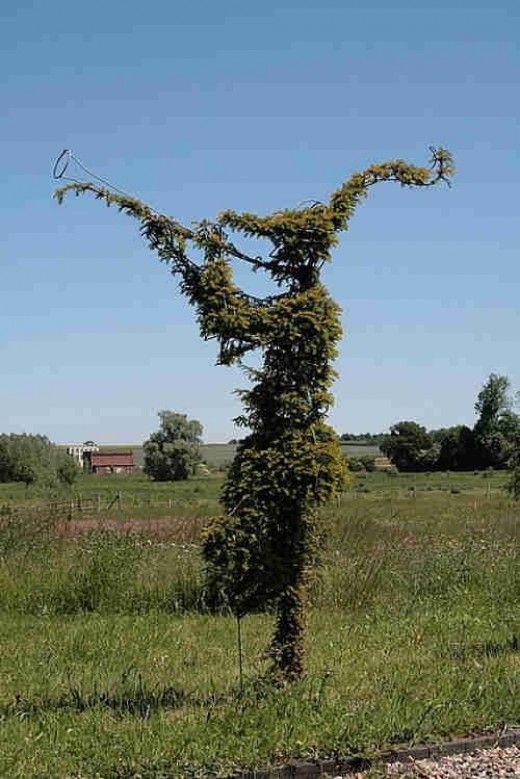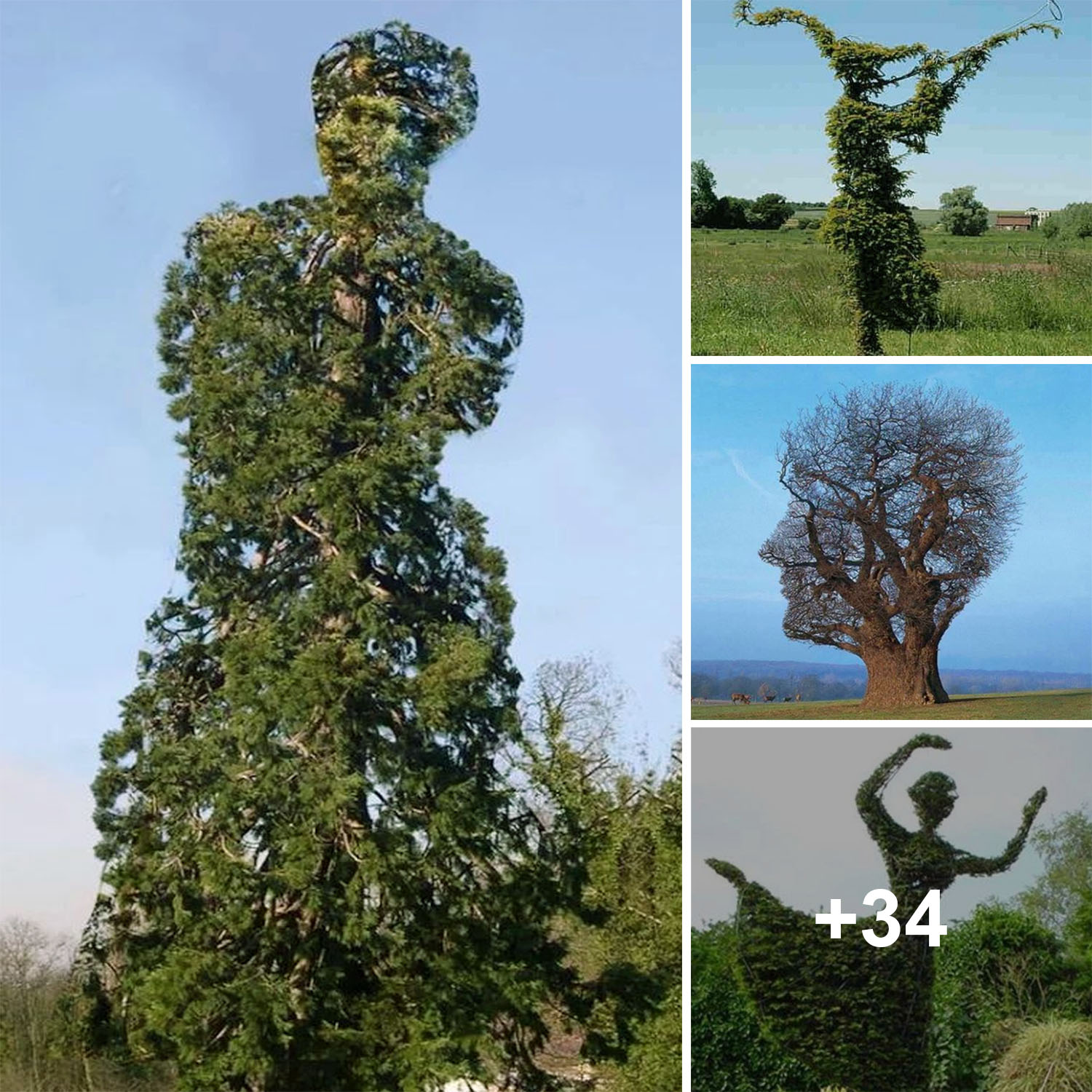In a world rich with diverse art forms and mediums, there exists a truly exceptional and awe-inspiring form of art: tree sculpting. This remarkable technique involves the artful manipulation of living trees to create intricate human figures, effectively blurring the lines between art and nature. In this article, we embark on a captivating journey into the realm of tree sculpting, delving into its fascinating history, intricate techniques, and the profound beauty it bestows upon our environment.
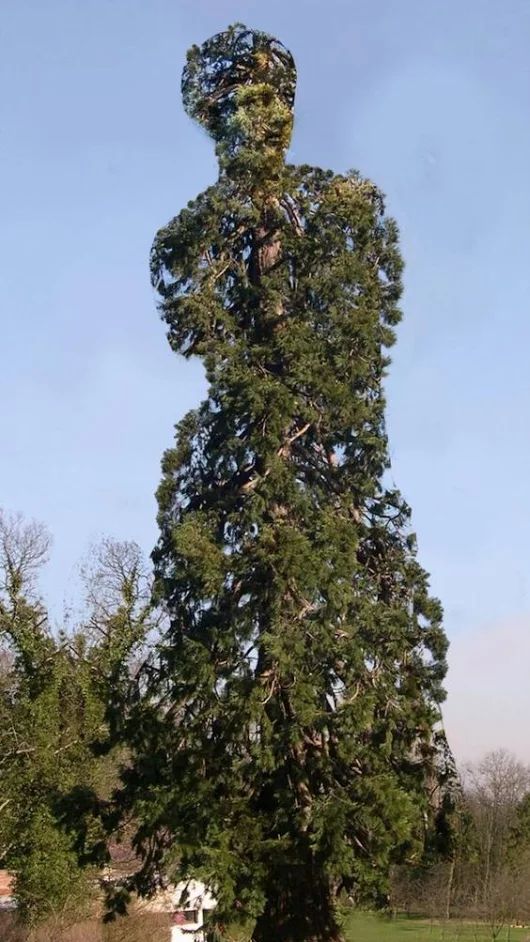
Tree sculpting, also referred to as arbor sculpture or tree shaping, traces its origins to ancient horticultural practices aimed at manipulating plants for practical purposes. Throughout history, cultures worldwide have molded trees to fashion archways, living fences, and furniture. However, the contemporary iteration of this art form, which centers on crafting intricate human figures, has gained prominence in recent years.
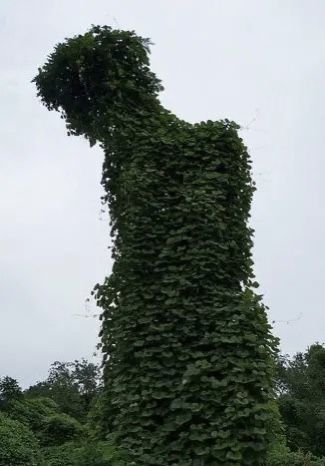
Tree sculpting entails the manipulation of young, supple saplings by employing a variety of techniques. Some sculptors utilize frames or molds to shape the tree’s growth, while others meticulously bend and train the branches into their desired positions. This process demands meticulous planning, as sculptors must anticipate the tree’s growth and adjust their designs accordingly.
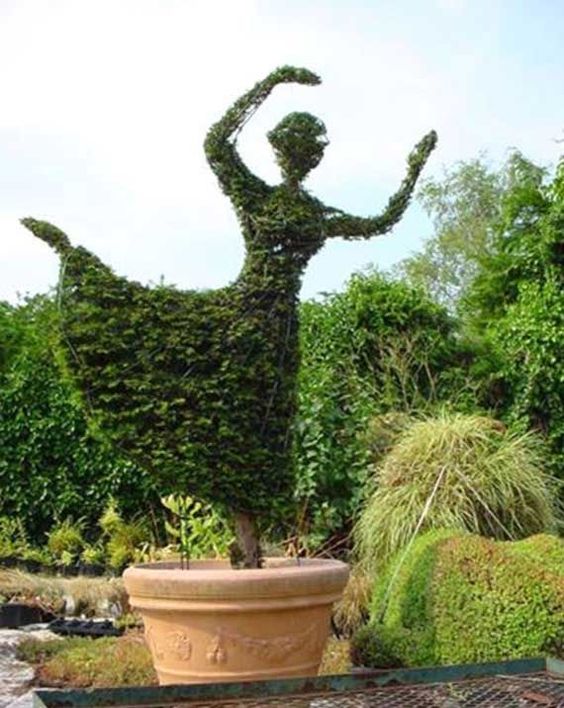
Tree sculpting is a highly demanding art form that requires immense patience and unwavering dedication. The sculptor must nurture the tree over many years, closely monitoring its growth and making adjustments as necessary. It can take a decade or even longer for a tree to fully mature into a recognizable human figure, turning each creation into a testament to the sculptor’s remarkable perseverance.
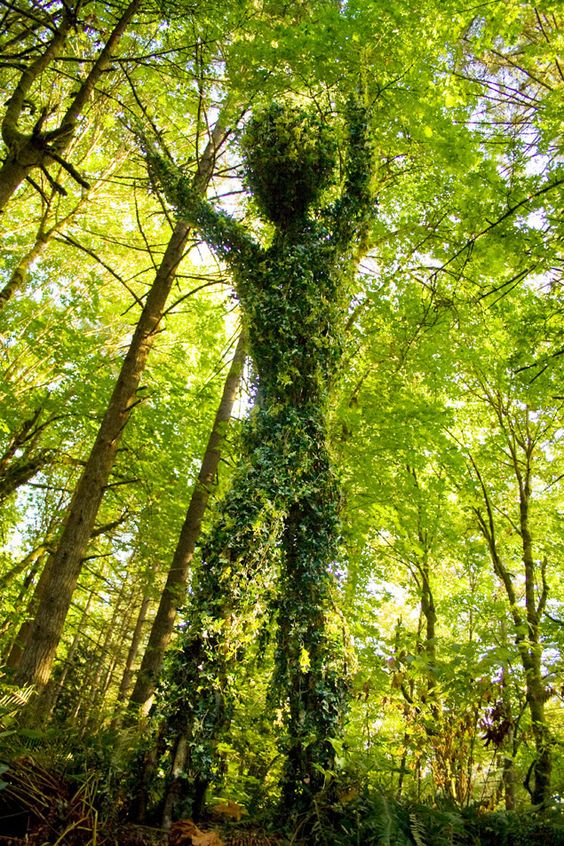
One of the most captivating aspects of tree sculpting lies in the seamless harmony it fosters between nature and art. These living sculptures breathe life into their surroundings, seamlessly blending into the natural landscape. As the trees continue to grow and evolve, they infuse parks, gardens, and public spaces with a touch of enchantment, captivating the imaginations of onlookers.
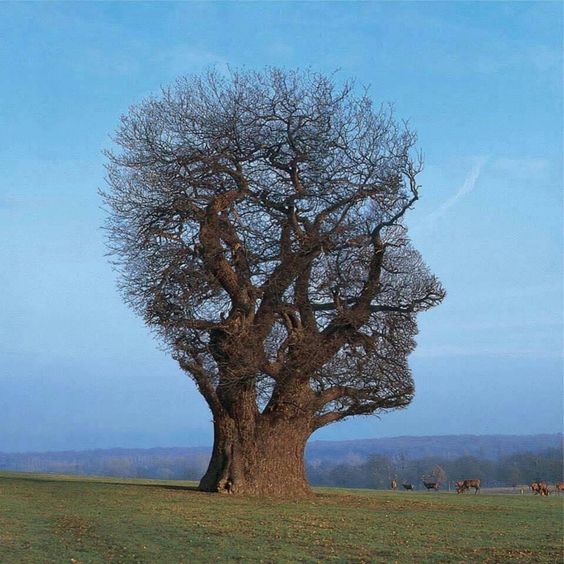
In addition to their aesthetic appeal, tree sculptures offer several environmental benefits. These living structures play a crucial role in carbon sequestration, thereby improving air quality in their vicinity. Furthermore, they provide essential shade, shelter, and habitats for various wildlife species. Tree sculptures can also serve as valuable educational tools, sparking conversations about the importance of preserving our natural environment.
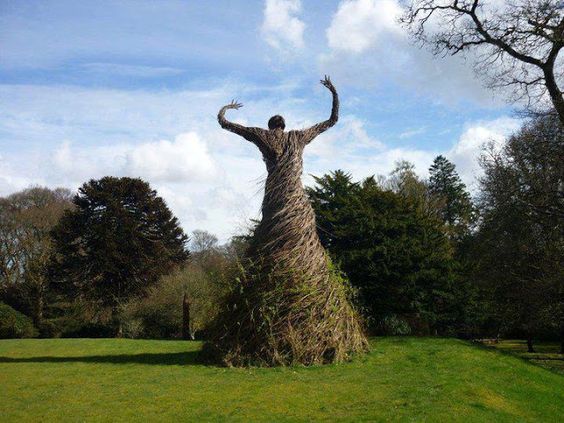
Tree sculpting serves as a wellspring of creativity, inspiring artists to delve into the endless possibilities of fusing art with nature. Each sculptor imbues their unique vision and style into their creations, resulting in a rich tapestry of diverse and captivating human figures. This art form continues to evolve, constantly pushing the boundaries of imagination and challenging the limits of what is achievable.
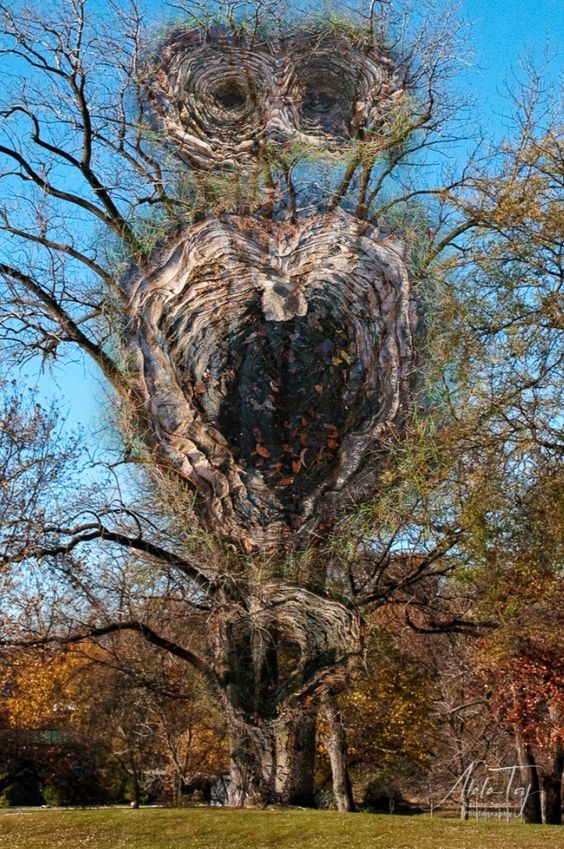
Tree sculpting stands as a remarkable testament to human ingenuity and our profound connection with nature. As artists from around the world shape living trees into mesmerizing human figures, they remind us of the boundless beauty that can emerge when we work in harmony with the environment. By merging art with nature, tree sculpting offers a profound and inspiring experience that captivates the imagination and leaves an indelible mark on our surroundings.
